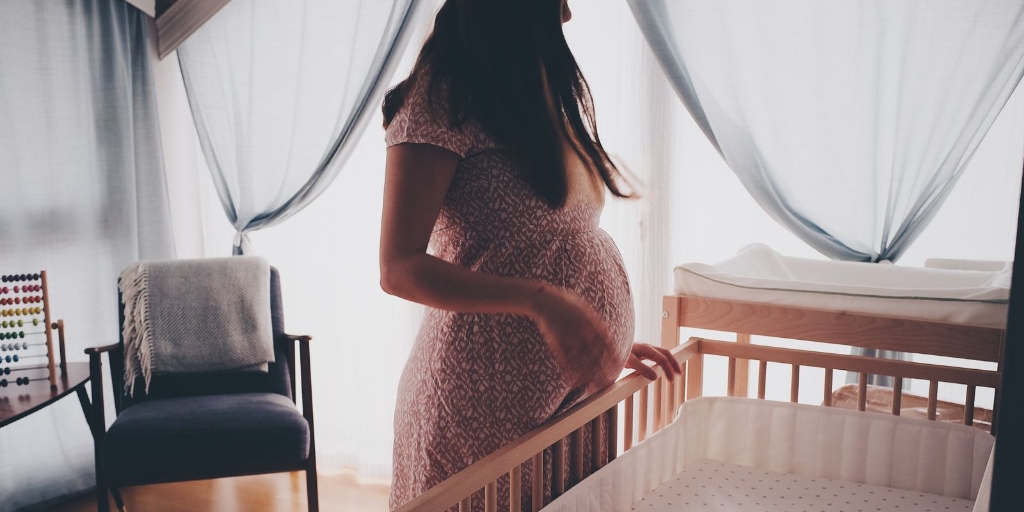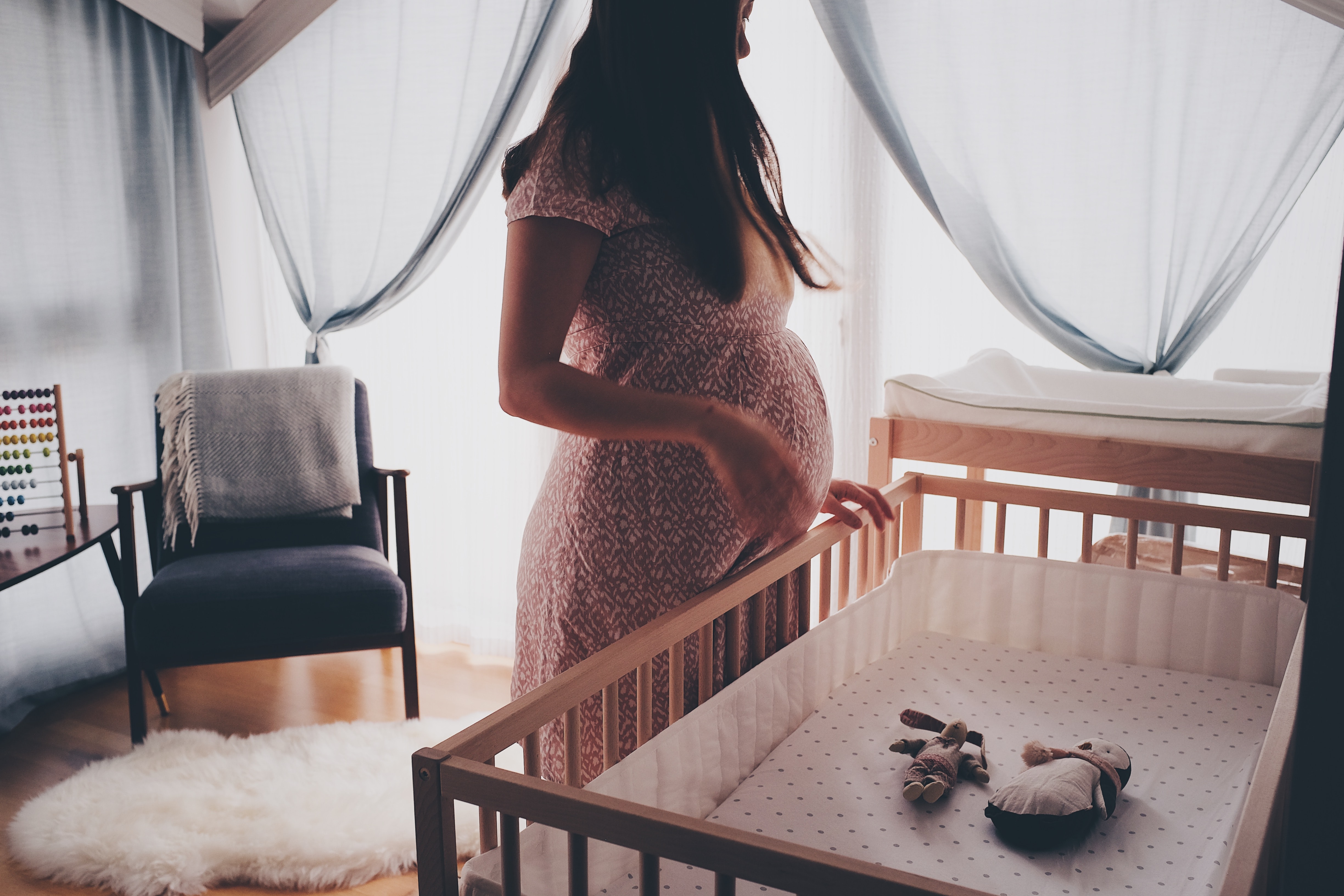
Fr. Mark Villano contemplates Advent as a time to nurture faith and hope, in joyful expectation of the Savior to come.
We know that, in many ways, Advent and Christmas will be different this year. So many of the things that we look forward to — the parties, the concerts, the work gatherings, the special meals — will either be cancelled or curtailed due to the ongoing pandemic. But one thing that won’t change is our message. And one way that message gets across is through the words and signs we send to one another during this season: images, poems, Christmas cards, Christmas emails. As the world gets darker and colder for so many, we send greetings of hope. In the dark of winter, we send warm words and bright signs.
Like everyone, I enjoy receiving all kinds of cards and images via the mail or the internet: a dove of peace, angels singing, Donner and Blitzen. But most of the images tend to be of a mother and child. They could be traditional or contemporary images, Renaissance or Byzantine, African or Asian. Something about that sign crosses all barriers.
Once, when I was living in Washington, D.C., I visited a chapel served by the Dominican friars. There was a small statue there of Mary about six months pregnant. The image of Mary as a pregnant woman is not one we’re used to (even though the portrait of Our Lady of Guadalupe is said to be of the pregnant Mary). We might even be taken aback if we were to receive a Christmas card of a very pregnant Blessed Mother. Yet, this seems like a very appropriate Advent devotional image. The image of expectant parents awaiting the birth of their child is a good one to express the hope and anticipation of the season.
When I was a young priest, one of the first Advent homilies I preached was about pregnancy. As I prepared for it, I knew I needed to learn more about it. With no firsthand experience to go on, I decided I would call my sister-in-law Barbara. I asked what it was like to be pregnant with my nephew Benjamin.
Barbara wasn’t put off by the question at all. She talked about an experience of nurturing — nurturing her baby with her body. She became aware of wanting to eat the right things. “No more diet sodas,” she said, and “Don’t even mention wine to me.” But it went beyond food and drink. She wanted to nurture the baby with her thoughts. As she felt her body changing, her thoughts became more directed to her baby. She felt she was nurturing him with thoughts and plans, dreams and prayers.
She spoke of her pregnancy as a hopeful time. She described what seemed not so much like kicks as a “fluttering.” The stirring of life within. It was exciting and wonderful. She thought: “It’s really happening …The baby is here!” That reminded me of a woman I worked with at one time. She would introduce her soon to be born child to people when they came in her office. “This is Christopher,” she would say.
Barbara also felt a sense of connection during her pregnancy. She felt linked to the past. She thought of her own mother and all the other women who had gone through what she was going through. She thought of Mary. She also felt linked to the future. She thought about what she would take from her parents, and what she would change, in forming her own family.
Barbara spoke of the patience required in her pregnancy, especially toward the end. She would say to herself, “Come on … I want to see you!” Then she would remember that she would just have to let things happen. Like Mary’s “let it be.” She had to continue to let this be a gentle time of waiting. The picture I was getting of pregnancy was of a hopeful, patient, nurturing time.
But that wasn’t all. There was another side to pregnancy she spoke of. There was occasional worry and anxiety. She wondered: Will the baby be ok? How will all this come out? (And literally, how will all this come out?) Going through this for the first time, not knowing what to expect from labor, there was the fear of the unknown. Once I heard a comedian talking about her anxiety about labor. She mentioned how her own mother was in labor for 36 hours. She followed that with: “I don’t want to do anything I enjoy for 36 hours!”
Barbara talked about fear. She wondered at times about the world we live in, and what can make this world a frightening place. She wondered about the challenges of bringing another child into the world. Will we be able to provide safety? Will we be able to give our child what’s best? There was another picture emerging: one of doubt, uncertainty, risk.
In the Gospel, Mary and Joseph both know uncertainty. They both struggle to understand. Mary is face-to-face with mystery with a capital “M.” And she gives her “fiat,” her yes to God. “Let it be done” (Luke 1:38). She says yes, not knowing all that her affirmation could entail. Will she have to go through it alone? Will Joseph be strong enough to say yes, too? Will he be able to endure the struggles of a pregnancy that breaks the rules? Or will he put her aside?
Then comes a time for Joseph’s fiat. Here is a man of faith who can perceive signs, dreams: “Joseph, son of David, do not be afraid” (Matthew 1:20). The Holy Spirit is with this child. Name Him Jesus.
We keep looking for a way out, but God keeps offering a way in. When we want a way out of responsibility, God offers guidance. When we want an easy way out of our problems, God offers support and growth through the struggle. When we want simple answers, God offers deeper clarity. God invites us into the mystery. God sets us on a path of trust.
All around us there are powerful threats to our hope, great uncertainties in our lives. We need signs of hope. Expectant parents become signs of hope in the midst of doubt, patience in the midst of uncertainty. For Barbara, the sign was that fluttering, from a source not yet seen. It was the promise of new life. Her child was a sign of hope. And thinking about Mary and her child made a difference to her.
There was a Dominican mystic of the Middle Ages named Meister Eckhart. He felt prompted to speak about the birth of God in our souls. He talked about Christians not only as children of God, but as mothers of God. He said: “We are all meant to be mothers of God … for God is always needing to be born.”
What are we pregnant with? What are we patiently nurturing within us? What thoughts, dreams, plans, prayers? What do we give birth to in our words and actions and creativity? Are we pregnant with the same hope and grace that Mary literally carried and brought into the world?
We have been given a sign: Mary heavy with child, a child who, even before he’s born, is bringing reconciliation to others, healing his family, bringing more hope to the world. That message is still being sent. That sign is still being given. It’s the hope of Christmas being born in us again.

Copyright 2020 Rev. Mark A. Villano
Image: Ömürden Cengiz (2020), Unsplash
About the author: Rev. Mark A. Villano is a Campus Minister at the University Catholic Center at UCLA. He is the author of Time To Get Ready: An Advent, Christmas Reader To Wake Your Soul.
About the Author

Guest
We welcome guest contributors who graciously volunteer their writing for our readers. Please support our guest writers by visiting their sites, purchasing their work, and leaving comments to thank them for sharing their gifts here on CatholicMom.com. To inquire about serving as a guest contributor, contact editor@CatholicMom.com.


.png?width=1806&height=731&name=CatholicMom_hcfm_logo1_pos_871c_2728c%20(002).png)
Comments